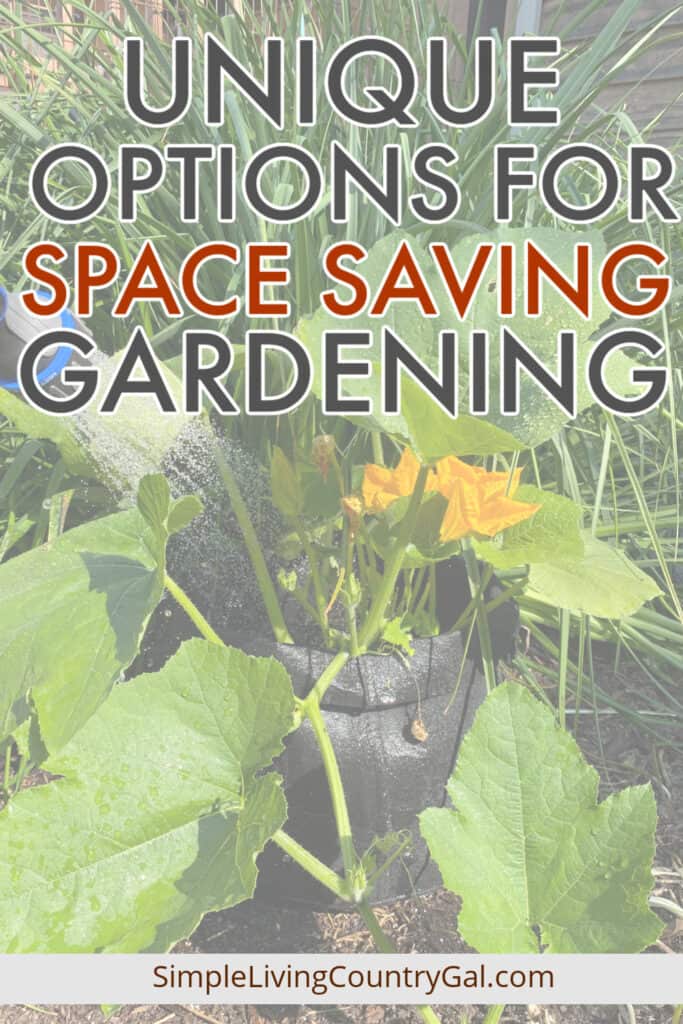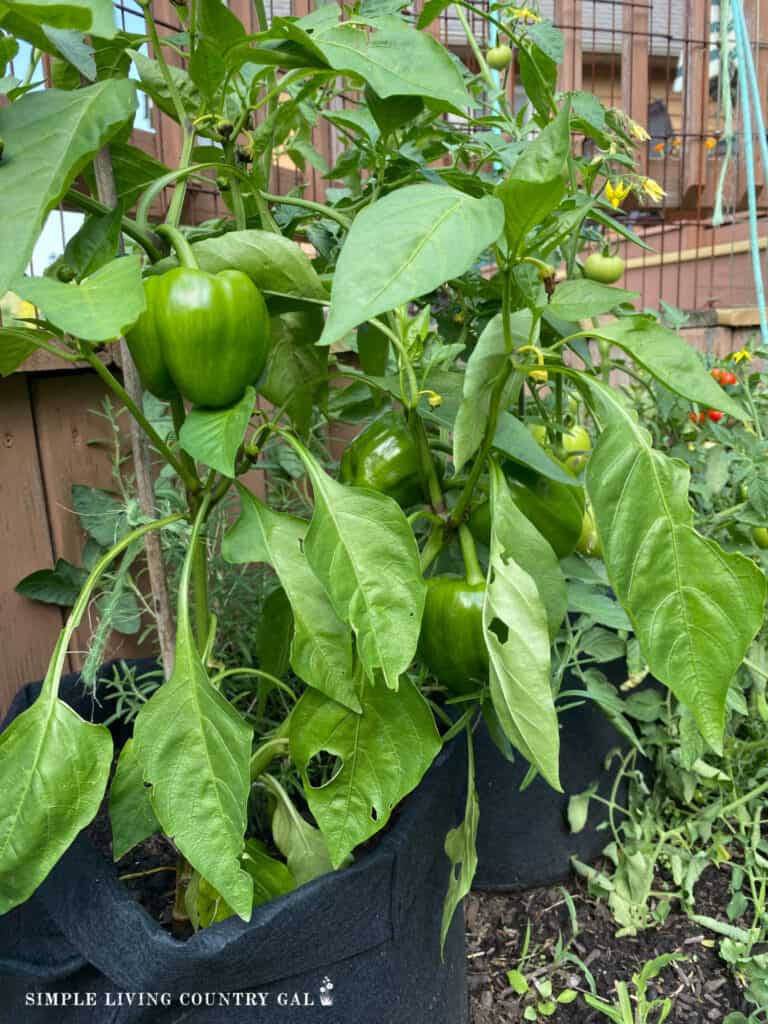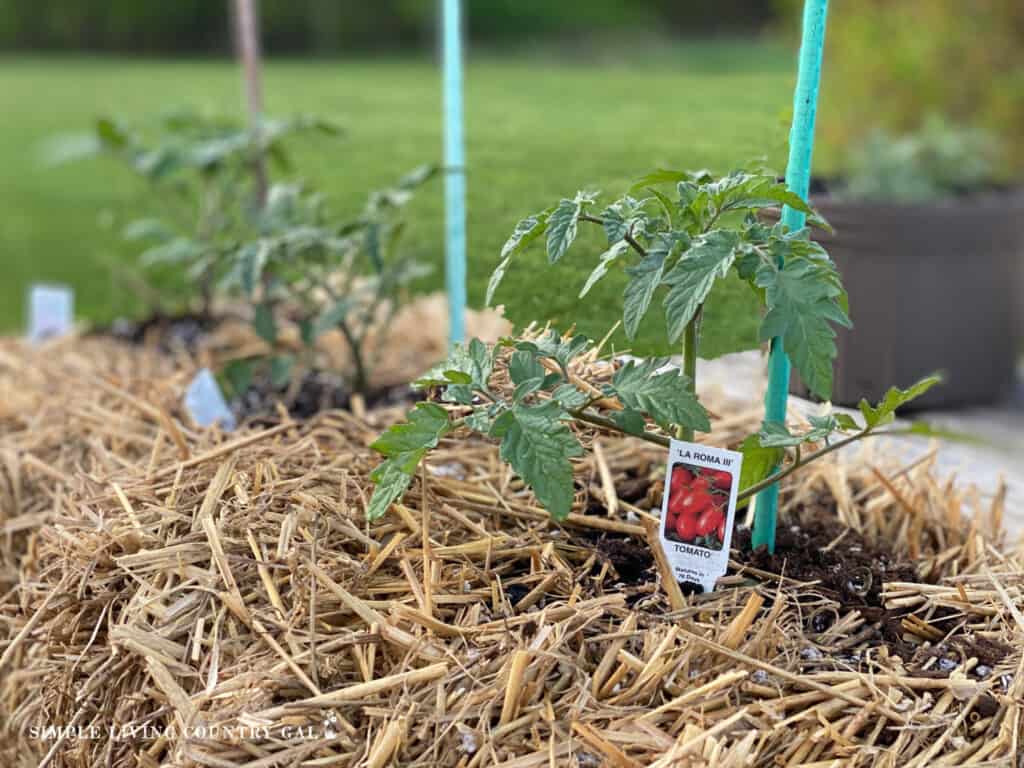SPACE SAVING GARDENING
Today, we are going to look at options you can use for space saving gardening setups. A great way to maximize space in vegetable gardening is to utilize efficient ways of planting and growing.
Gardening 101 tips that encompass unique approaches so you can find the best option for you.

Gardening is often meant for folks who have ample space and sprawling backyards, but not today. Today, you can find gardens all over, from porches to balconies and everything in between. For urban gardeners, small space dwellers, and those who have recently become empty nesters, lack of space does not need to limit the food you grow, and any of these diverse space-saving gardening techniques will help you make the most out of what you have.
Space-Saving Gardening
Space-saving gardening is an art as well as a science. It’s about thinking creatively to utilize every inch of available space for a garden. This approach is a gamer changer for urban dwellers and those with a smaller yard or only a balcony.
Using the space you have efficiently is an important part of sustainable living. By adopting these methods, you can grow the food you love and enjoy a more vibrant and better-tasting supply of amazing produce.
Container Gardening
Container gardening is growing plants in any type of container rather than in the ground. It’s perfect for urban gardens, balconies, and patios giving the most flexibility with this option.
Getting Started with Containers
Choose containers based on the space available and the type of vegetable you wish to grow. Each plant needs enough room for its roots to mature. Be sure to read the seed packets, so you know the size you need. Another important part of growing in containers is to have adequate drainage. This will keep the soil moist rather than sopping wet. Roots left in wet soil for too long risk rotting.
MEKOLIFE Grow Bags – Potato Grow Bags – Thickened Fabric Pots – Large Grow Bags – Tomato Vegetables Grow Bags (6 Pack(3 Gallon))




Best Vegetables for Containers
Some vegetables, like lettuce, radishes, and herbs, are great options for growing in shallow containers. They don’t require deep soil like root vegetables making them a great option for flower pots like terra cotta.
Other vegetables do well in grow bags, my favorite container to grow in. Root vegetables, peppers, and even tomatoes thrive in these porous grow bags.

Tips for Successful Container Gardening
- Use a well-draining soil mix
- Water regularly, checking the moisture levels by sticking a finger into the soil
- Fertilize with a balanced, water-soluble fertilizer every few weeks
- Rotate the containers to provide all sides with adequate sunlight
- Control pests with neem oil or insecticidal soaps
Vertical Gardening
Vertical gardening involves using vertical spaces and, at times, structures to support the growth of plants. Growing upwards can significantly increase your gardening area without taking up precious floor space.
The Benefits of Going Vertical
By growing upwards, you make the most of natural light that may not reach the ground in a crowded area. It also provides greater air circulation, which can help with disease control in plants that are normally grown closer together.
Structural Options for Vertical Gardens
There are various types of vertical garden structures to consider, such as trellises, stakes, cages, and walls. Each structure lends itself to supporting different types of plants, from vining tomatoes to pole beans.
Raised Garden Bed, 3 Tier Small Vertical Garden Planter for Indoor & Outdoor, Raised Planter Box with Legs, Garden Planter Box for Flowers/Vegetables/Plants


Vertical-Specific Plant Options
Vining plants and climbers are the best choices for a vertical garden. Try cucumbers, peas, and squash if you have a sturdy structure, or more delicate plants like morning glories if you have a decorative wall.
Straw Bale Gardening
Straw bale gardening is one of my top picks for growing produce in small spaces. Not only is it the most unique option out there, it is fun to turn a bale into a garden area. Growing in bales of straw is a great option for anyone that has limited space of poor quality soil.
Getting Started with Straw Bales
To begin your straw bale garden, you’ll need a bale of straw that’s been conditioned for at least 10 days. Conditioning involves adding fertilizer and water to the bales to speed up decomposition, turning them into nutrient-rich plant beds.
READ: How to Prepare Straw Bales for Planting
Best Vegetables for Straw Bales
I have yet to find a plant that doesn’t do well in a bale of straw. My top picks are potatoes, tomatoes, peppers, and squash. They’re the kind of heavy feeder plants that will thrive in the high-nutrient environment the bales provide.

Maintaining a Straw Bale Garden
As the bales decompose, you’ll want to top them off with more soil or compost to ensure that there’s always plenty of growing medium available. Water regularly, as straw bale gardens have a tendency to dry out quickly.
Table Gardens and Square Foot Planting
A table garden is a raised garden bed that’s been modified to stand at waist height, minimizing the need for bending when tending to your plants. It also keeps your garden out of the reach of many common garden pests.
Square foot planting is a type of table or raised bed gardening that divides the growing area into small square foot sections. This makes planning and managing crops much easier.
Setting Up a Table Garden
Construct a raised bed to your desired height, ensuring it can support the weight of the soil and plants. Add a base layer of rock or gravel for drainage and fill with a high-quality planting mix.
Plant Placement Strategies
The key to square foot planting is in the spacing. For example, a tomato plant will require one square foot, whereas you can grow 16 carrots in the same space. Refer to square foot gardening guides for specific plant placement.
Companion Planting in Square Foot Gardening
Utilize the square foot method to incorporate companion planting, where certain plants are grown next to each other for mutual benefit such as natural pest control or soil improvement.
Staggered Planting for Prolonged Harvest
Staggered planting is the practice of sowing seeds at intervals to achieve a continuous crop, ensuring that you have fresh produce throughout the season, rather than all at once.
Why Staggered Planting Is Important
Without staggering, you may end up with an overabundance of a particular crop that all ripens at the same time. This not only leads to waste but can also be overwhelming for the gardener and their kitchen.
Vegetable Combinations for Continuous Harvest
Certain vegetables complement each other well in terms of growth speed and spacing. For example, plant fast-growing radishes between the slow-growing carrots so that by the time the carrots need the space, the radishes are ready for harvest.
Harvesting and Replanting Schedule
It’s important to have a plan for when crops will be ready for harvest and when new crops can be replanted. Keep a gardening journal or utilize a planting app to stay organized.
Using any of these options for space saving gardening will help you to grow the food you love no matter where you live. Remember, whether it’s on a windowsill, in a hanging planter, or growing out of a straw bale, you can fill your kitchen and pantry with amazing produce.










